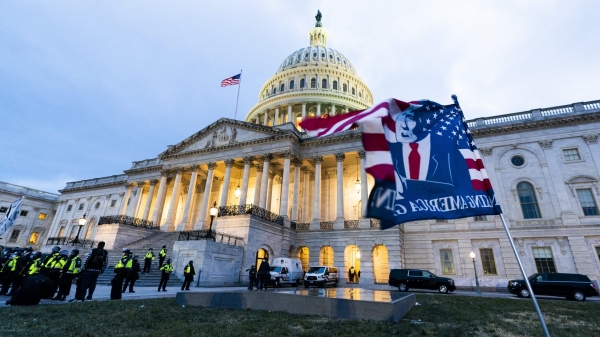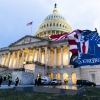By Brandon Moseley
Alabama Political Reporter
The U.S. is slowly drawing down the size of the American combat force deployed to Afghanistan. Both President Barack H. Obama and GOP Presidential Candidate Mitt Romney have said that most of the troops will be coming home by the end of 2014. There is a lot of work that remains to be done however between now and then though. The Alabama National Guard has played a major role in both the Wars in Iraq and in Afghanistan and that role is ongoing. Alabama’s 167th Infantry Battalion is being deployed back to Afghanistan (already the longest war in American Armed Forces History).
Alabama Governor Robert Bentley said on Facebook: “Very proud of the service and dedication of the Alabama National Guard’s 1/167th Infantry Battalion. Our prayers are with the 167th – and their families – as they deploy to Afghanistan. Today, I was honored to present a proclamation on behalf of the state to Lt. Col. Johnny R. Bass, Commander of the Battalion, honoring members of the 167th for their service.”
Gov. Bentley said, “It was an honor today to speak with members of the Alabama National Guard’s 1/167th Infantry Battalion as they deployed to Afghanistan. God bless all of our troops. Our prayers are with you as you carry out your mission. We appreciate your service to our great nation.”
The Talladega based 167th has spent much of the summer training for their combat deployment at the Army National Guard Training Center on land that used to be part of the U.S. Army’s Fort McClellan near Anniston. The 167th is expected to spend much of their time in Afghanistan providing convoy security. An estimated 40% of the soldiers of the 167th have already served tours in Afghanistan or Iraq.
An estimated 40,000 Alabamians have served in the two wars. 131 Alabamians have died in the War on Terror that began on 9-11-2001. The first U.S. Soldier killed in Afghanistan was CIA paramilitary operations officer in the CIA’s Special Activities Division (and former Marine Captain) Johnny Michael Spann from Winfield, Alabama. 181 Alabama servicemen have been wounded in Afghanistan and 550 were wounded in the Second Iraq War.
Currently the size of the U.S. force in Afghanistan is 68,000. Some American commanders want to keep that force level in place well into 2013. “In terms of the mission, the main risk we face is not finishing the work of clearing the Haqqani network from areas in the east that are very close to Kabul,” said Lt. Gen. Dan Allyn, until recently the top U.S. military commander in Afghanistan’s Regional Command East (as reported by The National Journal). Some generals reportedly want to leave between 20,000 to 24,000 troops in Afghanistan in a “support role” until at least 2024. Of course President Obama or President Romney (depending on who wins the election) and the Afghan Government will ultimately make those decisions.


















































